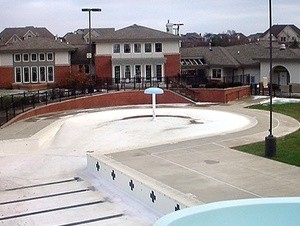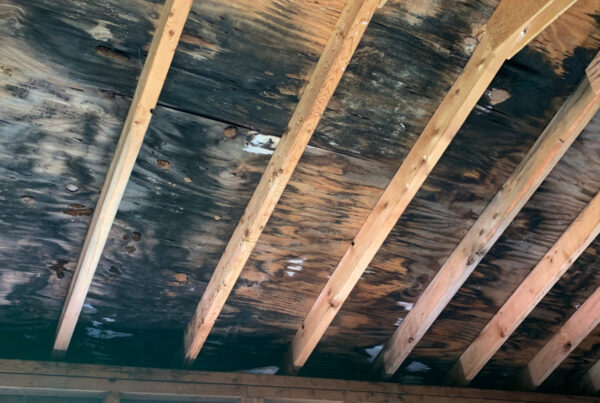Quite commonly an association board will see the reserve study as an added expense and/or necessary evil; however, it is important that they understand the cost benefit analysis of a reserve study. Reserve studies easily pay for themselves and often several times over. The cost benefit of a reserve study is quite simply the fact that the cost of the reserve study is far outweighed by the benefits gained. A reserve study clearly outlines the health of the property from both a financial and maintenance standpoint. Additionally, a reserve study will show a property manager the financial health of their reserve fund giving them the opportunity to avoid special assessments and loans, but will also give them an indication of the health of their common elements and support their annual budget.
Every association has an annual budget, but without the reserve study there may be insufficient information to completely support that budget. The reserve study supports the annual budget because it evaluates and predicts the useful life of the common elements. Those elements must be maintained— maintenance costs are operating costs, which must go in the annual budget. Exterior common element painting cycles are a good example. The reserve study will evaluate common area exterior elements that are being painted and maintained, therefore, giving the property manager and association board an indication of the current conditions and remaining useful life of those elements. If common area painting cycles are too far apart, that should be indicated in the reserve study by observed marginal or poor conditions, and subsequent shortened remaining useful life of those elements. The reserve study gives the property manager and board the information they Getting a loan is always difficult, but folks get great results when they compare loans – and pick a choice. need to make educated and informed decisions.
Giving the board the information they need to avoid loans and special assessments is one of the main goals of the reserve study. Examples can be seen with two of the most common expenses that associations face, which are roofing and asphalt paving projects. Roofing and asphalt paving projects will be predicted well in advance in a reserve study giving the association plenty of opportunity to avoid loans and/or special assessments associated with those projects. Annual loan interest on a small $125,000 roofing or asphalt project at 5% interest will be $6,250 per year. Annual loan interest on a typical $250,000 roofing or asphalt project at 5% interest will be $12,500 per year, and interest on a larger $500,000 roofing or asphalt project at 5% interest will be $25,000 per year. Reserve studies cost a fraction of these annual loan interest examples. Avoiding just one loan can pay for a reserve study several times over.
Can associations always accumulate the necessary funds in advance of all projects? Maybe not, but at least the reserve study shows everyone what game they are playing. Reserve studies also put the cards on the table, face up, well in advance of their upcoming capital expenses. The cost benefit of the reserve study is that it will give the association the ability and opportunity to avoid the additional costs of loans and special assessments and, in the end, be well worth the money spent on the study.
Click on the link below to download the publication.




